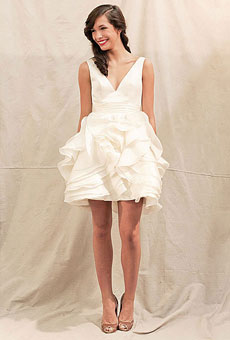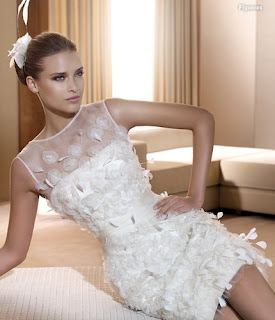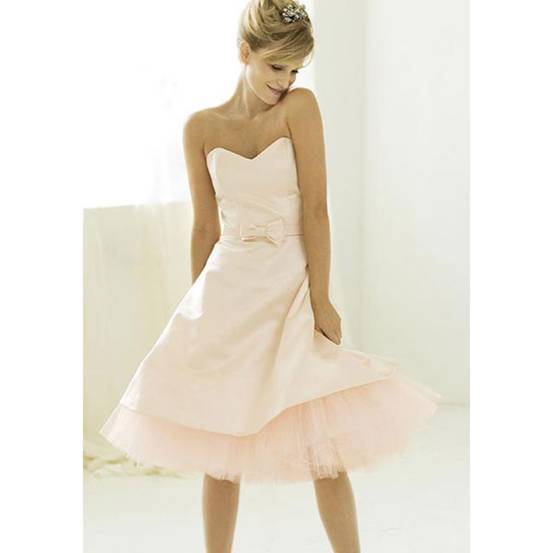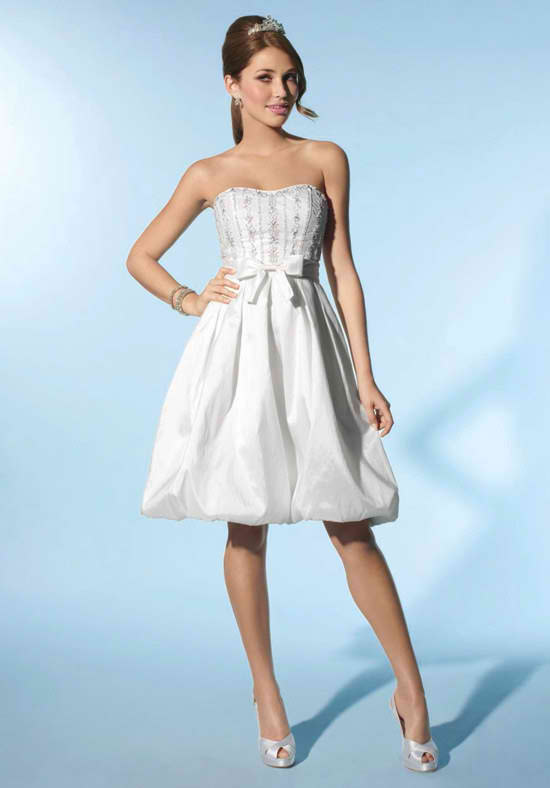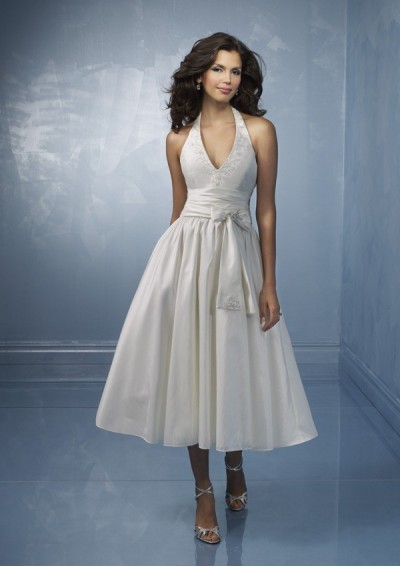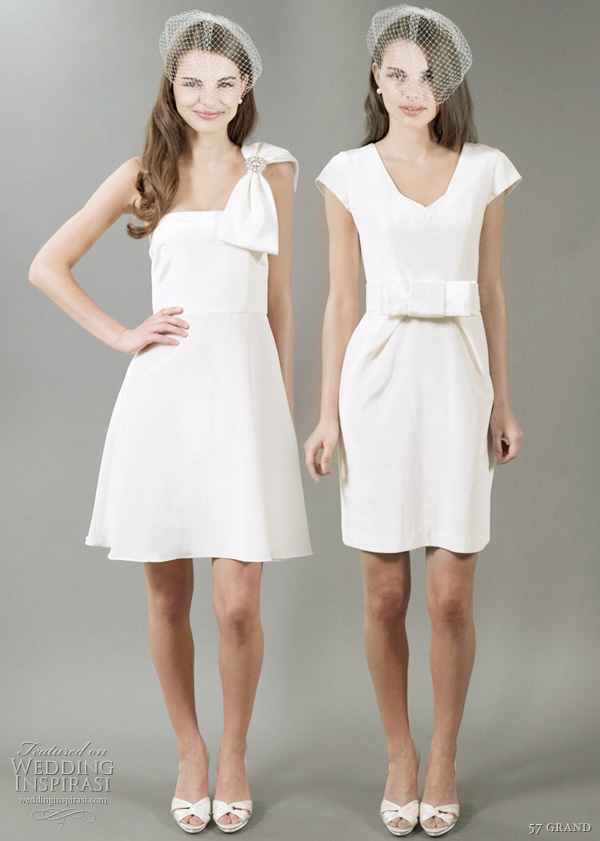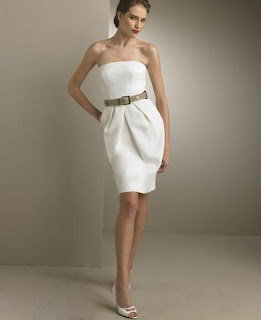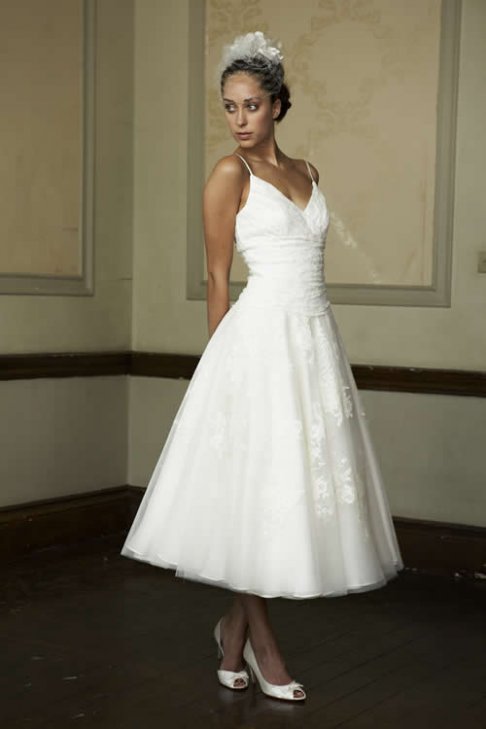A Guide to Wedding Dress Fabrics
When looking for your wedding dress, there's a great deal of choice when it comes to fabric - and sometimes it can be overwhelming trying to make a decision, or work out the right fabric for you. Many dresses are made from materials that you wouldn't normally wear for your day-to-day clothes, so it's handy to know what to look for, and the different attributes of each type of fabric. Here's a general guide to wedding dress fabrics and how to wear them:
Taffeta: Taffeta is a popular choice for wedding gowns as it is useful to create structure and shape. A fairly heavy fabric, taffeta has a stiff weave and is made from silk or a silk mix. Great for big gowns and full skirts, taffeta comes in matte or with a slight sheen.
Tulle: Tulle is a slightly stiff, fine net fabric that can be used to add fullness and structure. Made from silk or a silk mix, tulle is light and sheer and is often used to make trains and veils.
Duchess satin: This is a luxurious fabric; smooth and rich. Often chosen for traditional and simple dresses, Duchess satin also combines wonderfully with structured wedding gowns. Made from a heavy silk or silk-rayon blend, this fabric is beautifully glossy and looks expensive.
Chiffon: A classic fabric for wedding dresses, chiffon is a sheer fabric that is usually combined with heavier materials to add detail to wedding gowns, such as cut out sections or sleeves. It can also be used to create layers, underskirts, veils and trains, with its wonderful draping properties.
Silk georgette: This is a light, floaty silk fabric that can be used as a sheer layer over skirts, bodices, as a veil or train. Adding a draping, flowing element to any bridalwear, silk georgette is great for loose-style wedding dresses.
Organza: Organza is much like georgette, except it has a little more body and stiffness, helping to create shape and structure in your dress.
Wedding dress made from taffeta and organza
Italian satin: This fabric is a manmade silk mix that is versatile and resistant to creasing. Great for any style of wedding dress, Italian satin is adaptable and has a smooth, silky finish.
Velvet: Best for winter weddings due to its heaviness, velvet is a sumptuous fabric that can look wonderful with patterns, embroidery or other detailing. Velvet comes in lots of different weights and thicknesses, and can be used creatively to provide both draping and structure.
Don't pass by non-traditional dresses and fabrics, however. Some jersey and simple cotton dresses can be great for summer weddings, with their loose and draping qualities. You can also adapt the fullness of skirts with the addition of underskirts and petticoats, and add to your bridal look with veils and detachable trains.
Whatever fabric you choose for your wedding dress, make sure you take time to feel and try on a variety of dresses to see which is most comfortable and flattering. Some very structured gowns, or those that have in-built corsets, can be very heavy and cumbersome. If you plan on doing lots of dancing at your wedding you might want to consider a second outfit to change into. You also need to take into account what time of year you'll be getting married in - some fabrics are heavier and hotter than others and you don't want to be sweating or freezing on your big day!
Other materials used for wedding dresses include a variety of silks, satins and cottons, and detailing such as pearls, sequins, diamonds, silk flowers and feathers.
Article Source: http://EzineArticles.com/6481180
Source URL: https://weddingdressez.blogspot.com/2011/08/Visit Wedding Dress Designer for Daily Updated Hairstyles Collection













